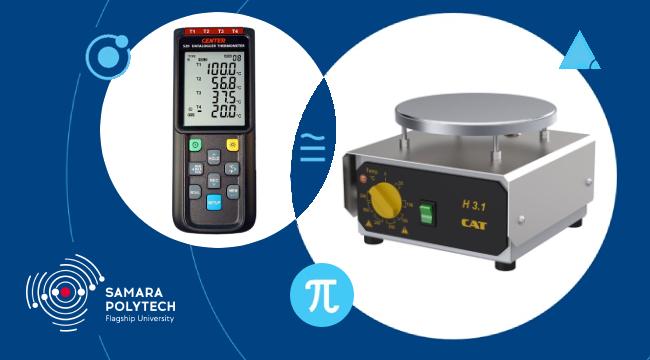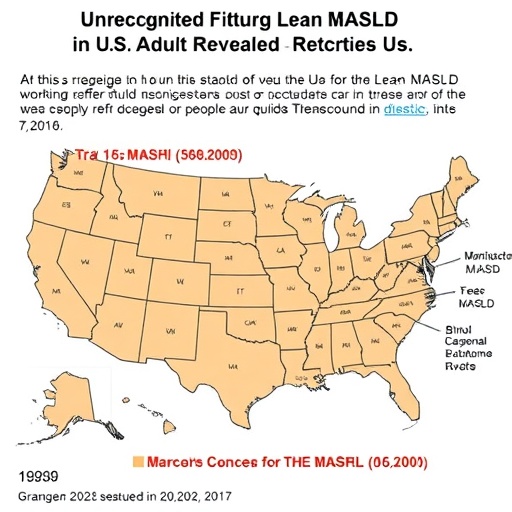general mathematical model of the thermoelasticity equation is derived

Credit: @SamaraPolytech
Uneven temperature effects on the structure, caused by weather changes or the operation of the heating system, can lead to the formation of thermal deformations and stresses. A postgraduate student of the Department of Structural Mechanics, Engineering Geology, and Foundations of Samara Polytech Zhanslu Kusaeva developed a general mathematical model of the thermoelasticity equation that will help architects to accurately predict the future of building structures that are experiencing or may be heated. The results of recent research are published in the collection of materials of XXXIX Russian-Polish-Slovak seminar “Theoretical Foundations of Construction” (RSP2020).
When analyzing the strength characteristics of elastic thin-walled structures consisting of two or more layers of different building materials, the initial-boundary value problems of thermoelasticity are formulated.
“I focused my research on an isotropic plate,” Kusaeva says. “We take a non-standard axisymmetric temperature effect on it, that is, we heat a plate of a certain thickness on one side to a certain temperature and derive equations that allow us to calculate the deformations that can occur when temperature is applied to plates of a specific geometry. Prior to that, similar calculations of the thermoelasticity of materials were performed only for parts of unlimited sizes with infinite geometric characteristics”.
###
For reference:
Samara State Technical University (SSTU, Samara Polytech) as a flagship university offers a wide range of education and research programs and aims at development and transfer of high-quality and practically-oriented knowledge. The university has an established reputation in technical developments and focuses on quality education, scientific and pragmatic research, combining theory and practice in the leading regional businesses and enterprises. Education is conducted in 30 integrated groups of specialties and areas of training (about 200 degree programs including bachelor, master programs and 55 PhD programs) such as oil and gas, chemistry and petrochemistry, mechanics and energy, transportation, food production, defense, IT, mechanical and automotive engineering, engineering systems administration and automation, material science and metallurgy, biotechnology, industrial ecology, architecture, civil engineering and design, etc.
Media Contact
Roman Naumov
[email protected]




